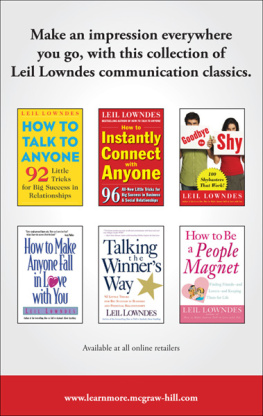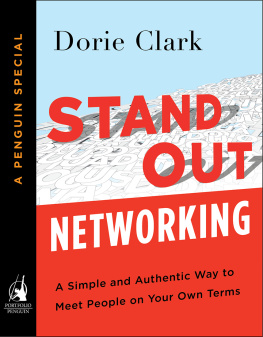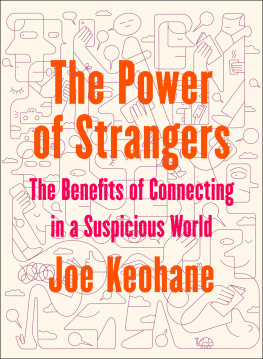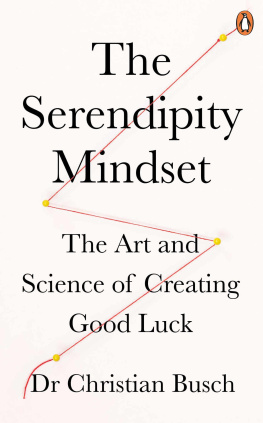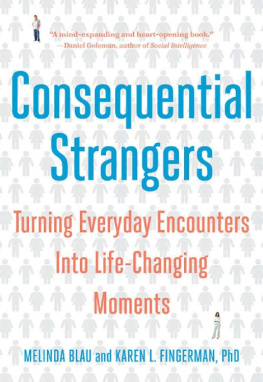Contents

Copyright 2012 by David Topus. All rights reserved.
Published by John Wiley & Sons, Inc., Hoboken, New Jersey.
Published simultaneously in Canada.
No part of this publication may be reproduced, stored in a retrieval system, or transmitted in any form or by any means, electronic, mechanical, photocopying, recording, scanning, or otherwise, except as permitted under Section 107 or 108 of the 1976 United States Copyright Act, without either the prior written permission of the Publisher, or authorization through payment of the appropriate per-copy fee to the Copyright Clearance Center, Inc., 222 Rosewood Drive, Danvers, MA 01923, (978) 750-8400, fax (978) 646-8600, or on the web at www.copyright.com . Requests to the Publisher for permission should be addressed to the Permissions Department, John Wiley & Sons, Inc., 111 River Street, Hoboken, NJ 07030, (201) 748-6011, fax (201) 748-6008, or online at http://www.wiley.com/go/permissions .
Limit of Liability/Disclaimer of Warranty: While the publisher and author have used their best efforts in preparing this book, they make no representations or warranties with respect to the accuracy or completeness of the contents of this book and specifically disclaim any implied warranties of merchantability or fitness for a particular purpose. No warranty may be created or extended by sales representatives or written sales materials. The advice and strategies contained herein may not be suitable for your situation. You should consult with a professional where appropriate. Neither the publisher nor author shall be liable for any loss of profit or any other commercial damages, including but not limited to special, incidental, consequential, or other damages.
For general information on our other products and services or for technical support, please contact our Customer Care Department within the United States at (800) 762-2974, outside the United States at (317) 572-3993 or fax (317) 572-4002.
Wiley publishes in a variety of print and electronic formats and by print-on-demand. Some material included with standard print versions of this book may not be included in e-books or in print-on-demand. If this book refers to media such as a CD or DVD that is not included in the version you purchased, you may download this material at http://booksupport.wiley.com . For more information about Wiley products, visit www.wiley.com .
ISBN 978-1-118-20347-7 (cloth); ISBN 978-1-118-22841-8 (ebk); ISBN 978-1-118-23762-5 (ebk); ISBN 978-1-118-26547-5 (ebk)
Acknowledgments
How can one ever thank everyone who has helped him or her be successful with work when there are so many who contribute, both directly and indirectly? I remember awhile back encountering an artist in a park who was painting a beautiful landscape scene of the trees and benches. I stopped, admired the painting, commented on how pretty it was, and then asked him how long it took him to paint that scene. Twenty two years, he said, explaining that it took that long to develop and refine the skill, and therefore, to create beautiful works of art. Of course, I stayed in touch and he became a friend; and yes, I bought art from him over the years.
But his original point always stuck with mewhatever were doing now is a cumulative result of everyone who has ever influenced us. I personally would have to thank everyone I ever met in a random encounter for giving me the benefit of the doubt, and even those who didnt, for they forced me to sharpen my random connecting skills. Beyond that, my thanks go first to friend and colleague Walt Kuenstler, who insisted I make that phone call and then tell my story and whose unwavering enthusiasm and encouragement were instrumental in motivating me to writeand continue writingthis book. I have to acknowledge my parents, from whom I learned social versatility, a skill that undoubtedly accounts for my inclination to talk to just about everyone I come across.
To the fine folks at Wiley I offer my great appreciationfirst and foremost, Lauren Murphy, who got it right off the bat and moved the proposal quickly and successfully through the process, not to mention, was always gladly there for me with answers and assistance; Christine Moore, for her ever-positive, cheery disposition, as well as great copy points; Deborah Schindlar, who so competently turned my words into a book; and Peter Knox, for his marketing insights. Thanks to Gretchen Kelly, proposal writer extraordinaire, and my agent, Katharine Sands, who helped me learn the ropes without having to fall too far. To my wide circle of friends, colleagues, and associates, I offer my thanks for their ongoing interest and support. And finally, to my life mate Deborah, who encouraged, supported, and guided me from the very inception of the book and whose patience and creativity made the entire process so much easier and the outcome so much better than it would have been otherwiseand who, you guessed it, I met in a luggage store at the mall.
Guide to Charts, Tables, and Lists
The Ways the People You Meet in Random Encounters Can Change Your Life (Chapter 1)
The Pluses and Minuses of Various Random Connecting Venues (Chapter 2)
The Everyday Places You Can Make Random Connections (Chapter 3)
Beliefs That Limit and Those That Expand Your Opportunities (Chapter 10)
Ways People Broadcast Information About Themselves (Chapter 11)
Guidelines for When and How to Approach Someone (Chapter 13)
Conversation Starters: The Good, the Bad, and the Ugly (Chapter 14)
Things to Match About Others to Create Rapport, Comfort, and Trust (Chapter 15)
Things About People to be Curious Of (Chapter 16)
How Communication Skills Impact Relationship Quality (Chapter 17)
The Differences between Unfocused and Laser-Focused Communicators (Chapter 17)
The Range of Influence People Have (Chapter 19)
Everybody Has Something to Offer, Even If It Isnt Obvious (Chapter 19)
Ways to Describe What You Do That Build Credibility, Engage, Compel, and Get the Other Person to Want to Do Business With You (Chapter 20)
Questions or Statements That Set the Stage for Staying in Touch (Chapter 24)
Things You Can Reference or Say in Your Follow-up Message (Chapter 27)
Building Your Favorable Online Profile (Chapter 29)
Introduction
Theres always something to say.
No matter where you are, who youre with, or whats happening around you, you can make an observation, ask a question, or share a thought with a stranger. And when you do, you tap into a world of unlimited possibilities you never knew existed until that moment.
I should admit that Ive been striking up conversations with strangers through chance encounters and staying in touch with them for a long time. So although it might seem a bit extreme that Ive remained in contact with the doctor who delivered me into this world many decades ago, its simply how I began my habit of meeting, talking to, and connecting with strangers for the better part of my life. Over the latter years, I have earned hundreds of thousands of dollars in consulting and training fees and have built long-term, mutually profitable relationships with people I met in the most random of ways: on planes, in coffee shops, in restaurants, in hotel lobbies, at weddings, in elevators, in doctors offices, and just about everywhere else Ive been.
Talking to strangers comes naturally to me. And although the results have been remarkable, I cant tell you for sure exactly what has driven this behavior since a young age, except that I always found people available to mewilling to smile back, to acknowledge a common experience in the moment, to share pieces of the stories of their lives, and to teach, guide, and help me. I also have an insatiable curiosity about the people I encounter wherever I go. I want to know: Where are they from? Where are they going? What do they do? Who are they? Im always fascinated by their answers, even the ones who dont appear all that interesting on the surface.


